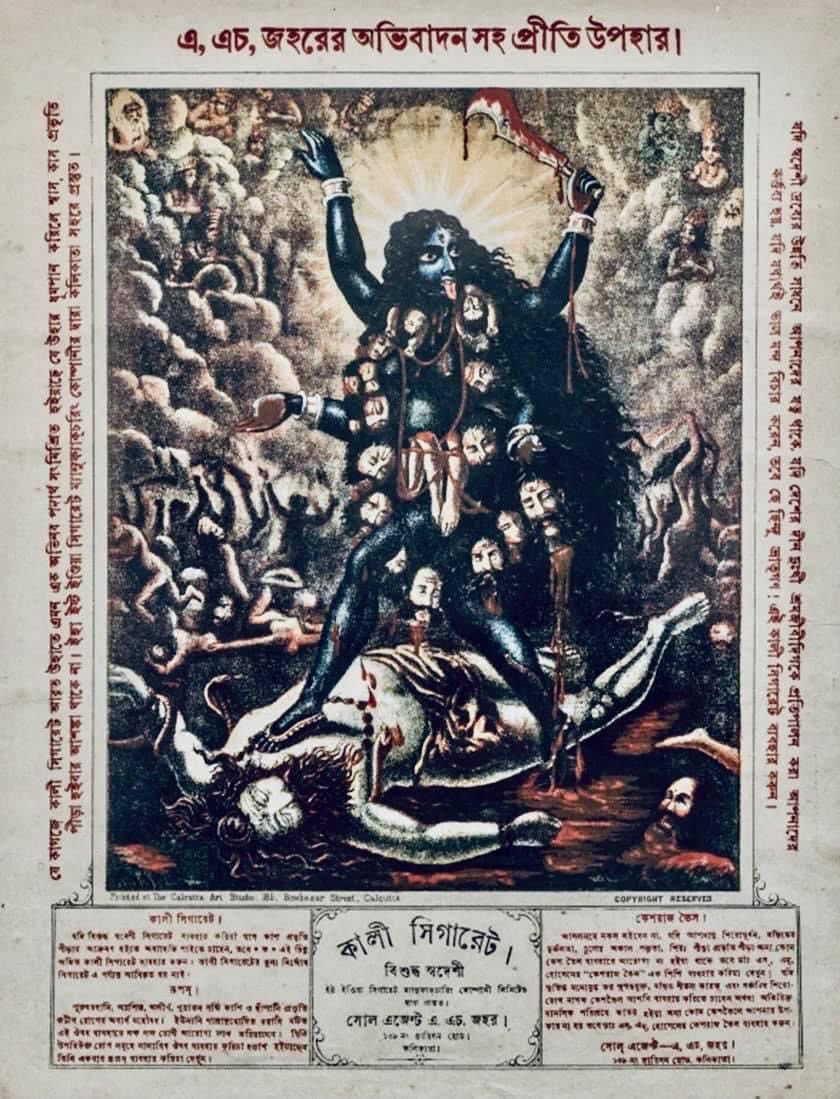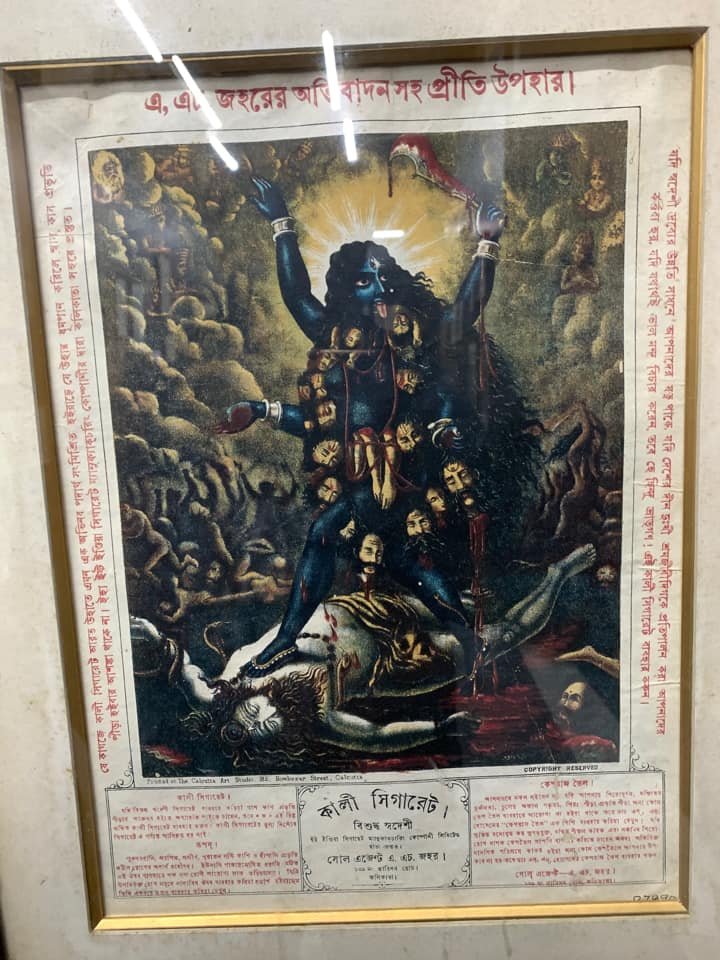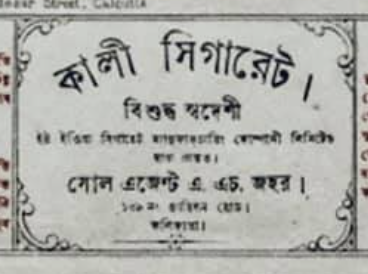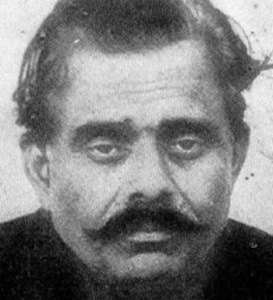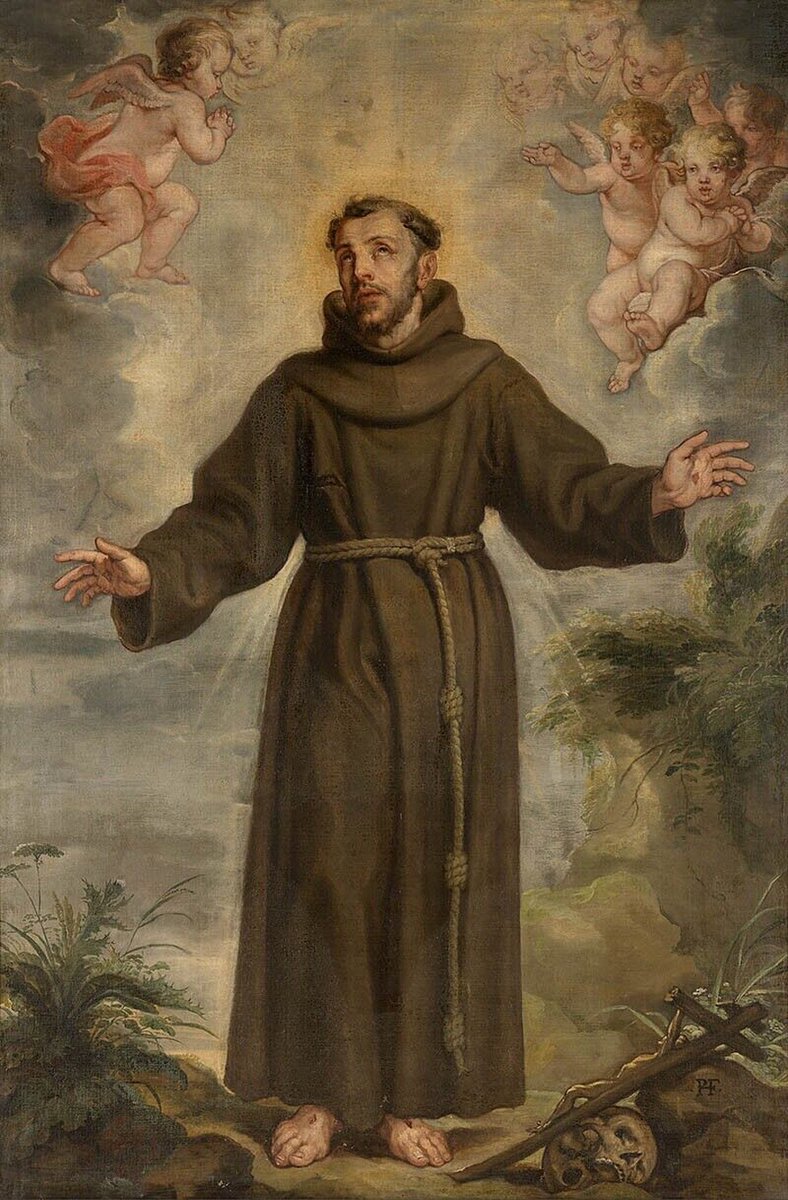Remembering Asrani, the man who made us laugh even in a film drenched in blood and revenge.
But behind his iconic “Angrezon ke zamaane ka jailor” act in Sholay lies an unlikely inspiration - a secret photoshoot in Germany nearly a century ago. Thread 1/17
But behind his iconic “Angrezon ke zamaane ka jailor” act in Sholay lies an unlikely inspiration - a secret photoshoot in Germany nearly a century ago. Thread 1/17
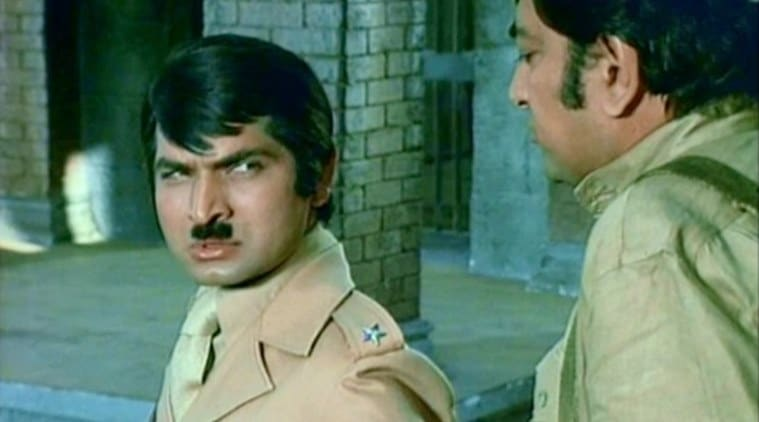
To understand that connection, we must first talk about a man named Heinrich Hoffmann. He was a photographer, but not an ordinary one. He was Hitler’s personal photographer, propagandist, and one of his closest aides. 2/17 
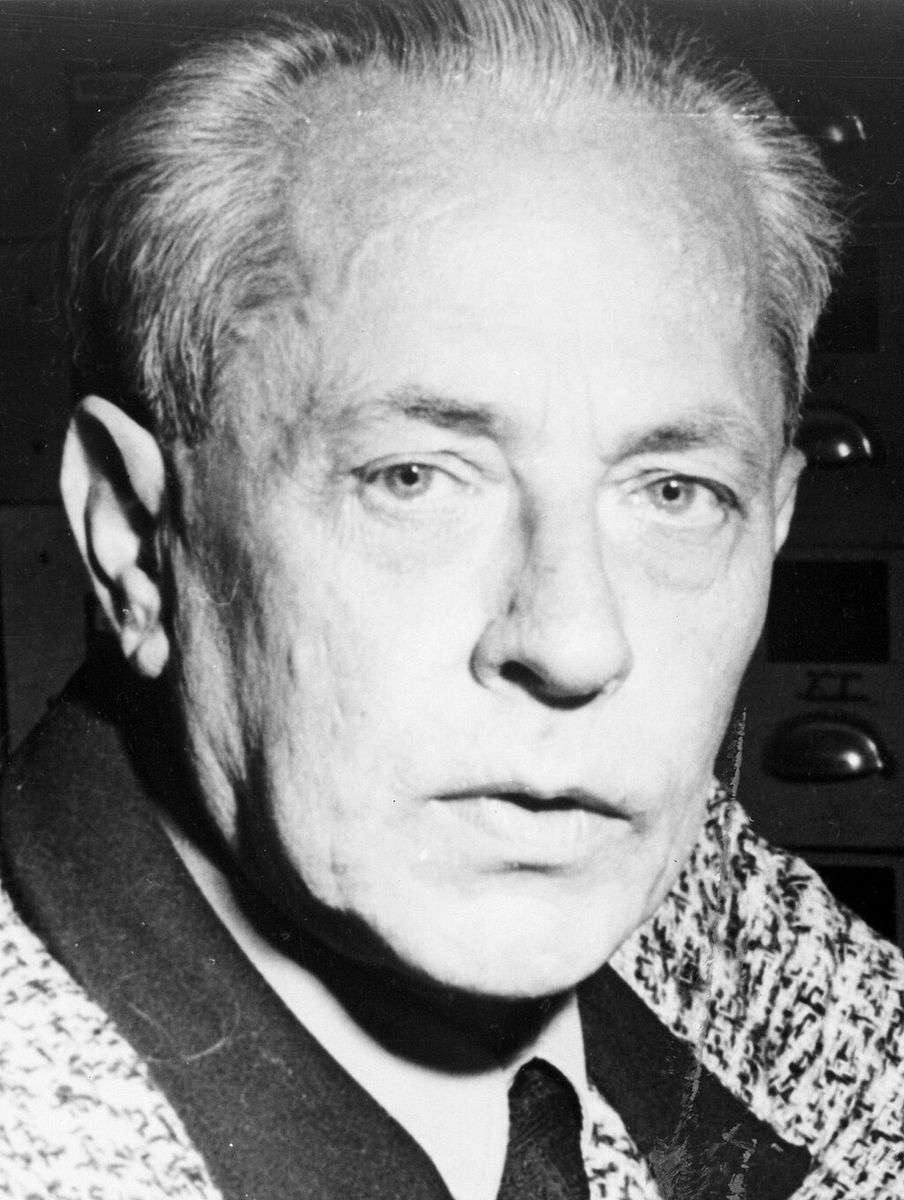
Hoffmann met Hitler in 1919, long before the Nazi leader’s rise. His photographs helped shape the visual mythology of the Third Reich. Every poster, portrait, and newspaper image of Hitler that circulated in Germany bore Hoffmann’s fingerprints. Quite literally. 3/17 
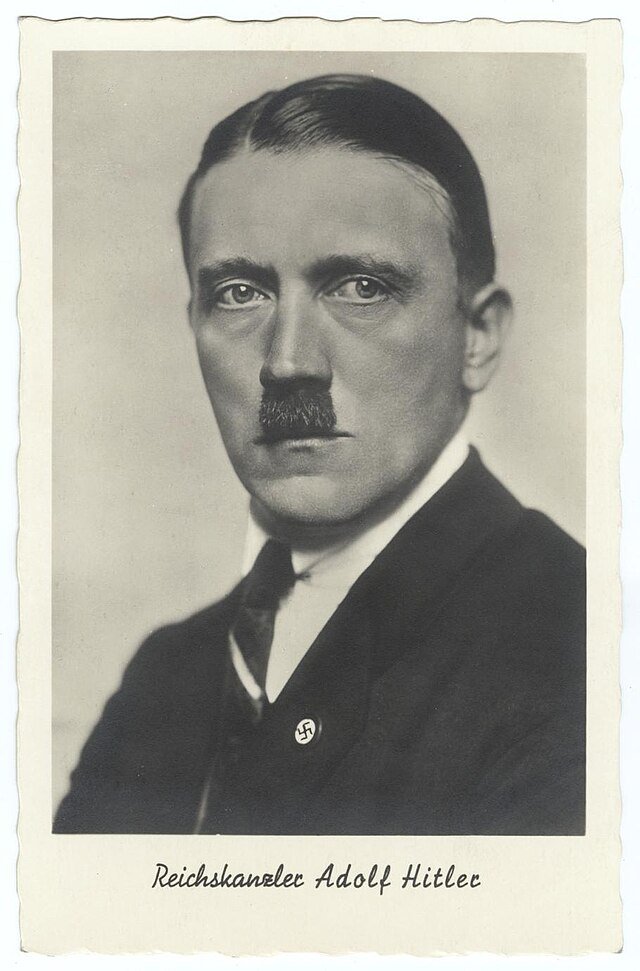
He transformed Hitler’s image from a shouting demagogue to a near-messianic savior. No other photographer but Hoffmann was allowed to take pictures of Hitler. Through controlled lighting, poses, and framing, Hoffmann made Hitler look not like a politician, but a prophet. 4/17 
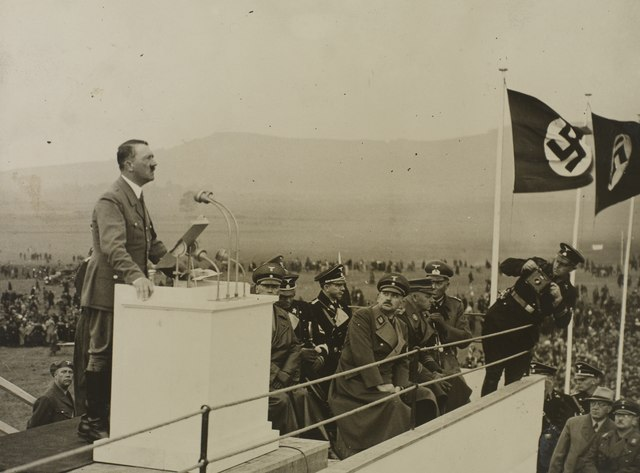
It was Hoffmann who realized that propaganda wasn’t just words — it was iconography.
He crafted the image of the Führer that millions worshipped. He took the title Reichsbildberichterstatter, and his company grew to become the largest private photography firm of its kind. 5/17
He crafted the image of the Führer that millions worshipped. He took the title Reichsbildberichterstatter, and his company grew to become the largest private photography firm of its kind. 5/17
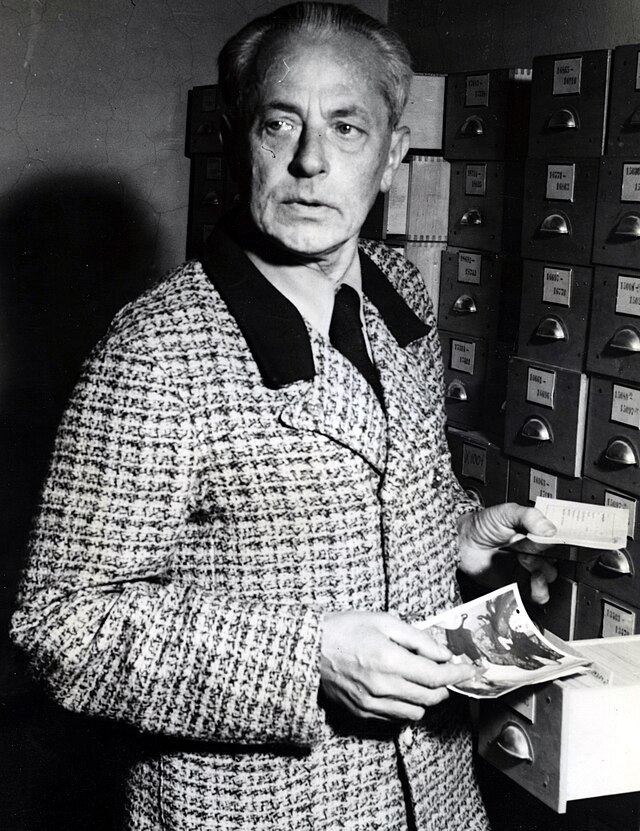
Hitler’s power, after all, was rooted in performance. He rewrote and rehearsed every speech multiple times. His voice rose and fell in calculated rhythm — not by chance, but design. This is where this story becomes interesting. 6/17
In one of their most telling collaborations in 1925, Hoffmann photographed Hitler in private sessions doing rehearsal.
Nine rare photographs show Hitler alone, performing his speeches, experimenting with hand gestures, posture, and facial expressions. 7/17
Nine rare photographs show Hitler alone, performing his speeches, experimenting with hand gestures, posture, and facial expressions. 7/17
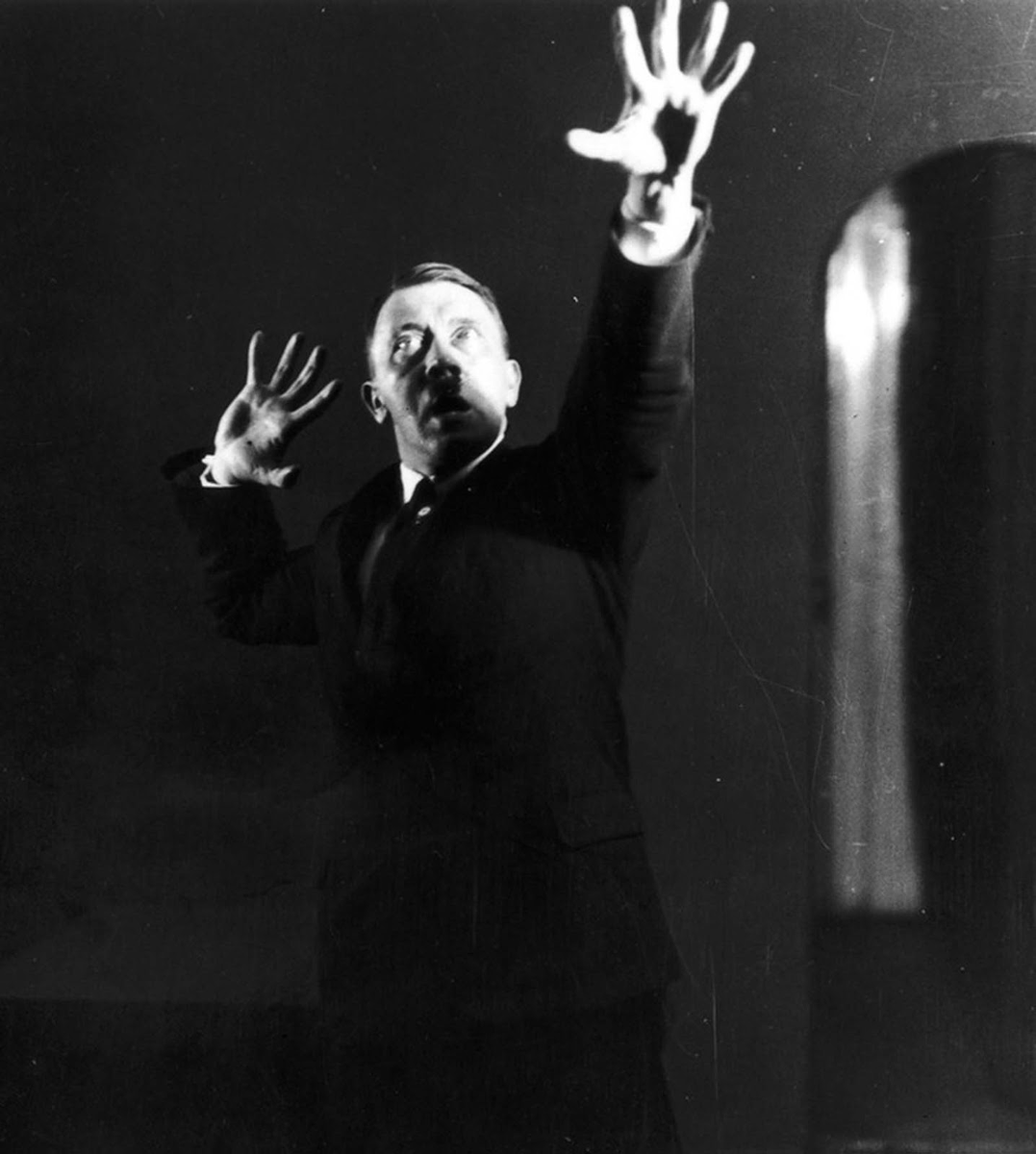
He wanted to see what his audience would see. Hoffmann’s lens captured something unsettling — a dictator directing himself. Hitler used these photos to refine his performance, deciding which gestures conveyed anger, compassion, or divine conviction. 8/17 
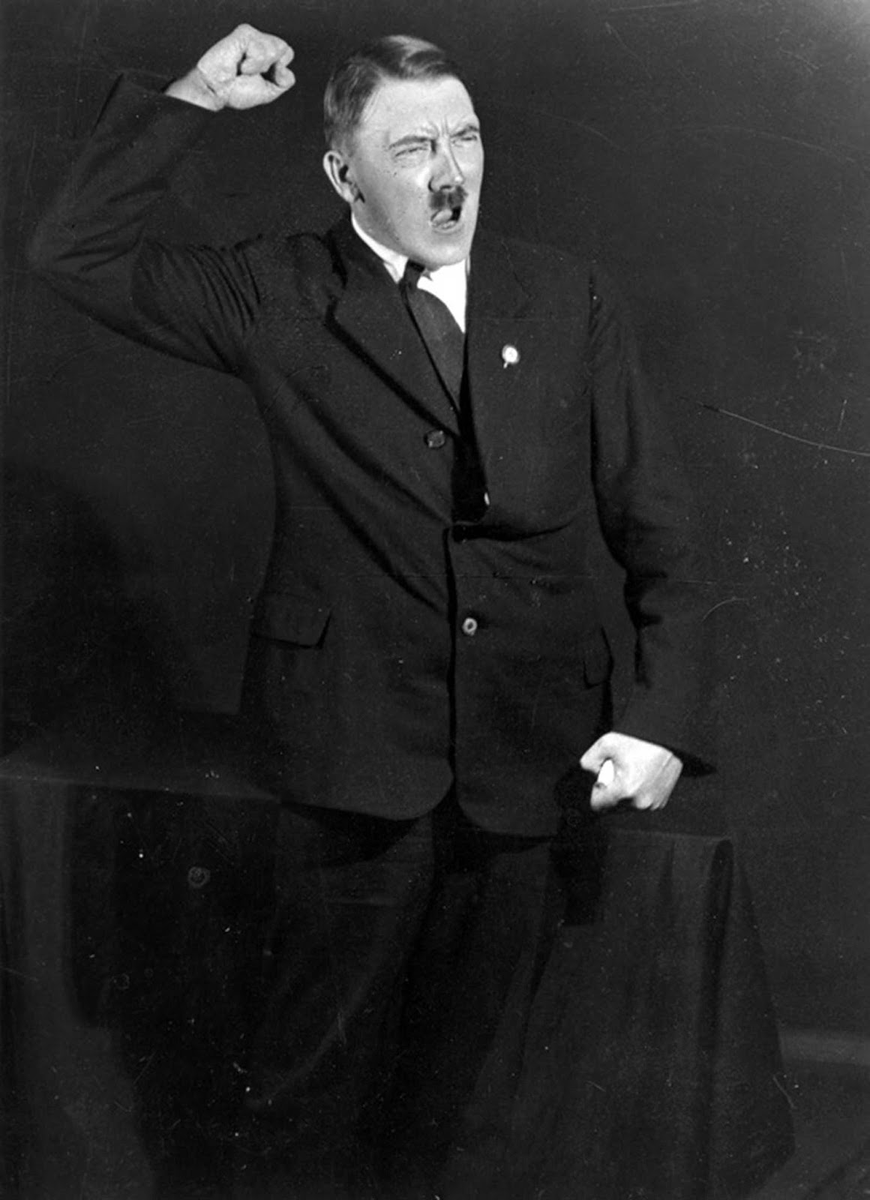
Each pose was choreographed to manipulate mass emotion. After reviewing them, Hitler reportedly ordered Hoffmann to destroy the photographs — he feared they exposed the theatrical artifice behind his power. 9/17 
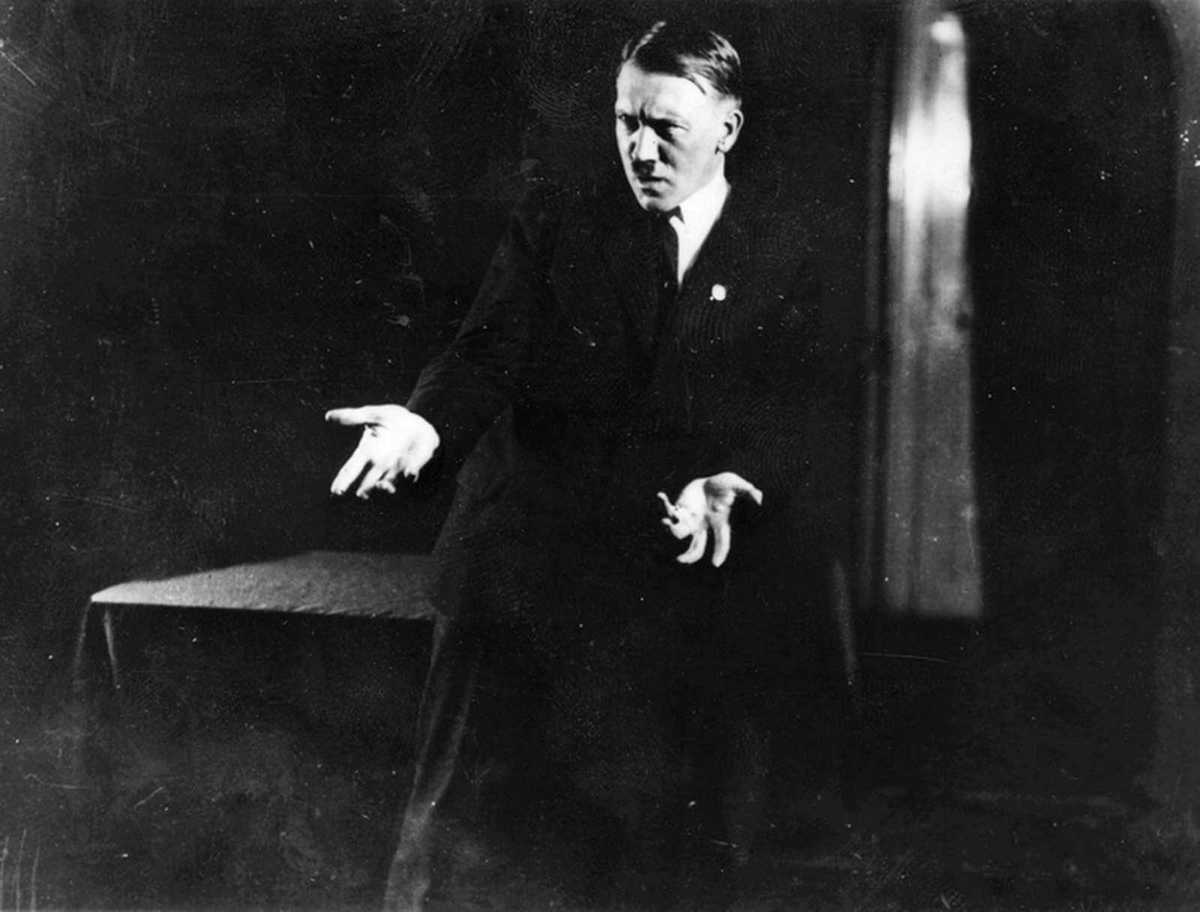
But Hoffmann, ever the archivist, did not comply. The photos survived, offering a chilling glimpse of how propaganda was rehearsed. They were published in his memoir, “Hitler Was My Friend” (1955). 10/17 
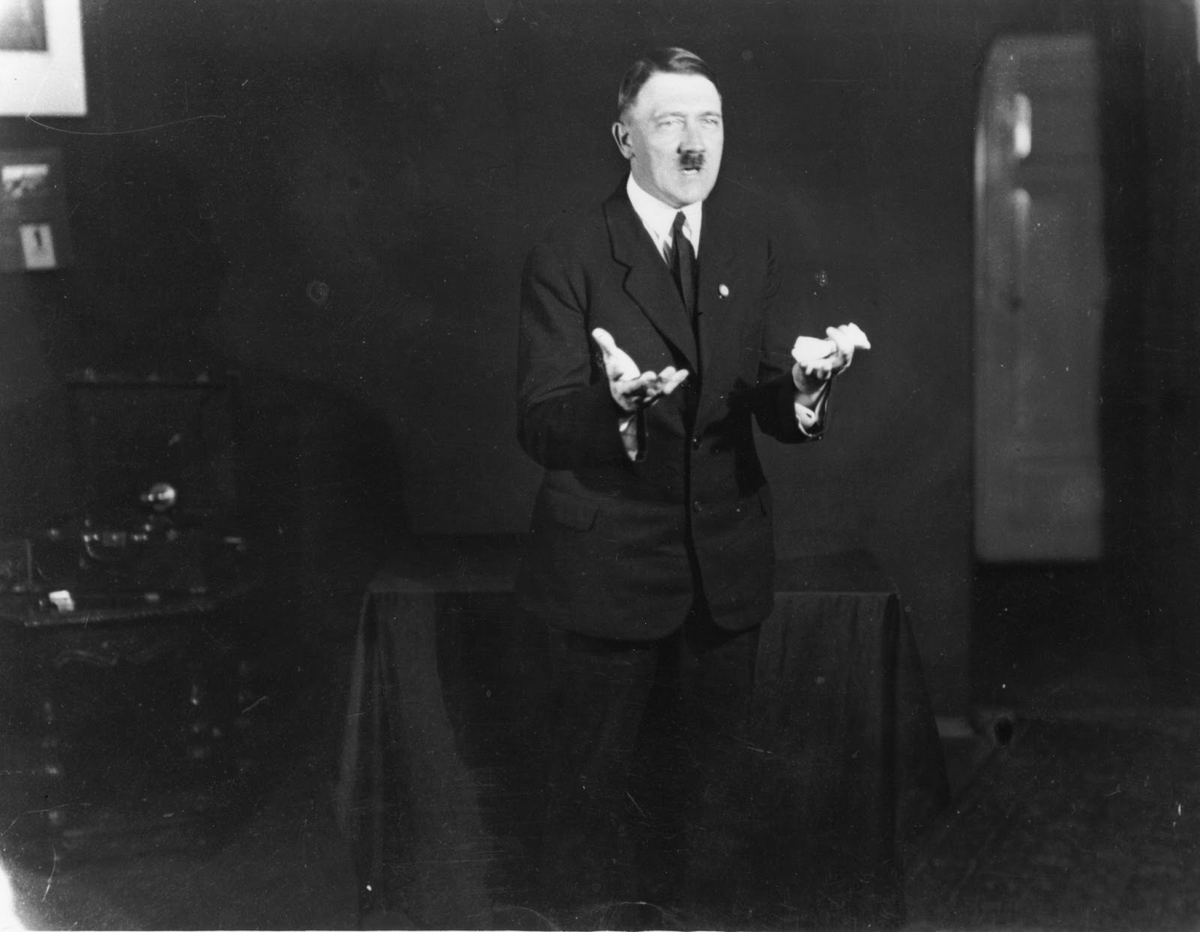
Years after Hoffmann’s photographs were leaked, somewhere in Bombay, Ramesh Sippy reached out to Asrani with a small but crucial instruction. Asrani later said he didn’t even know the film was Sholay when he took the call. 11/17 
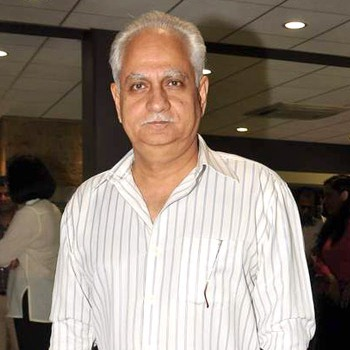
Sippy simply opened a book of Second World War images and showed him the nine photographs of Hitler rehearsing, poses, hand gestures, facial angles. It seems those 9 secret photographs had found their way into Bollywood. There’s no way to verify it, but it fits the story arc. 12/17
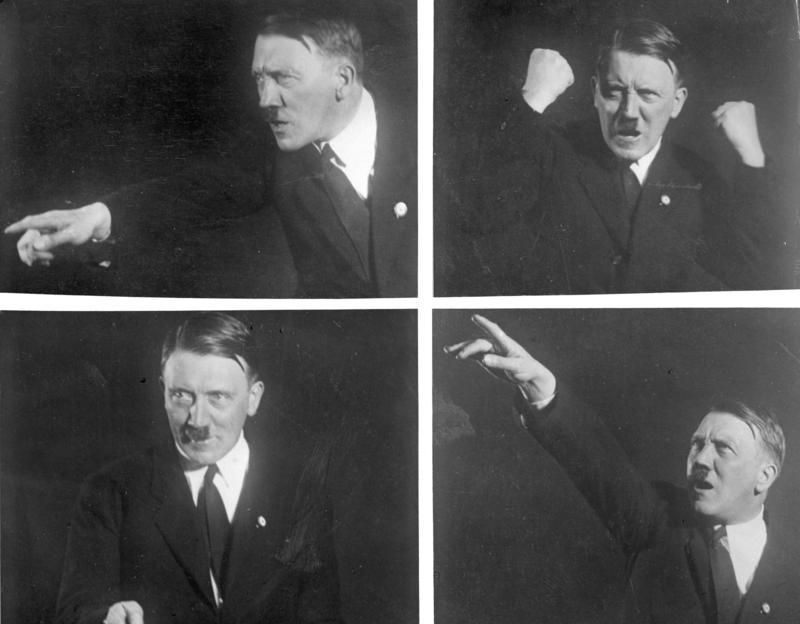
Sippy wanted the character of the jailor (of Sholay) who believed in his own authority so completely that he would imitate power without understanding it.
Asrani had a formidable task in front of him. 13/17
Asrani had a formidable task in front of him. 13/17
Sippy was adamant. He wanted the jailor in Sholay to embody a parody of authority, someone who performed power rather than truly exercised it. And he wanted Asrani to study Hitler’s ‘manual’ to capture that performance. 14/17
Hitler’s speeches were famous not just for what he said but for how he said it. He would begin softly, then rise in fury until his voice cracked with emotion. That rhythm, crescendo and collapse was part of his act. Hitler’s voice was his weapon to evoke a mass hysteria. 15/17 
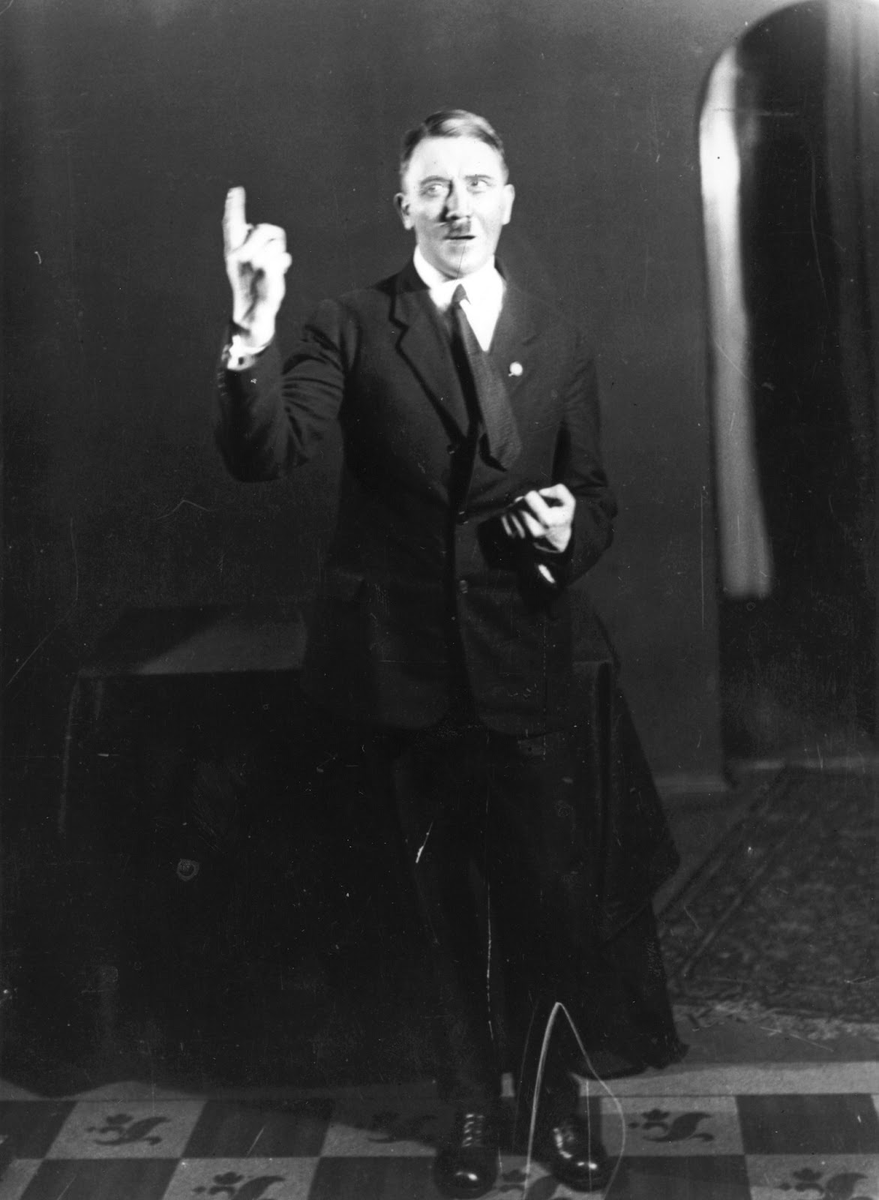
So Asrani borrowed the cadence and twisted it into comedy. His iconic “Haa… Has!” laugh in Sholay wasn’t random. He exaggerated the tonal shifts, pushing them into absurdity and mimicked the manic rise-and-fall of a dictator's speech. 16/17 
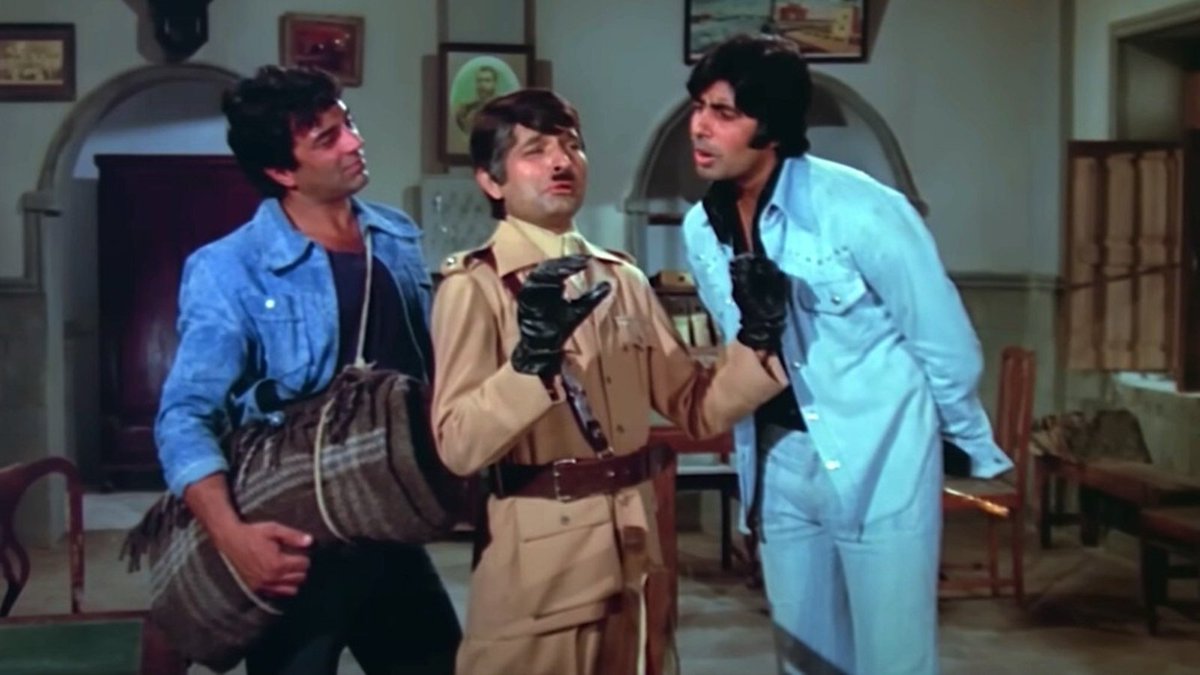
The Sholay jailor, with his self-parodying salute and hollow laughter, embodied how power often survives as performance — empty, rehearsed, and yet disturbingly familiar. Asrani will always be remembered as the actor who turned tyranny into farce. 17/17 
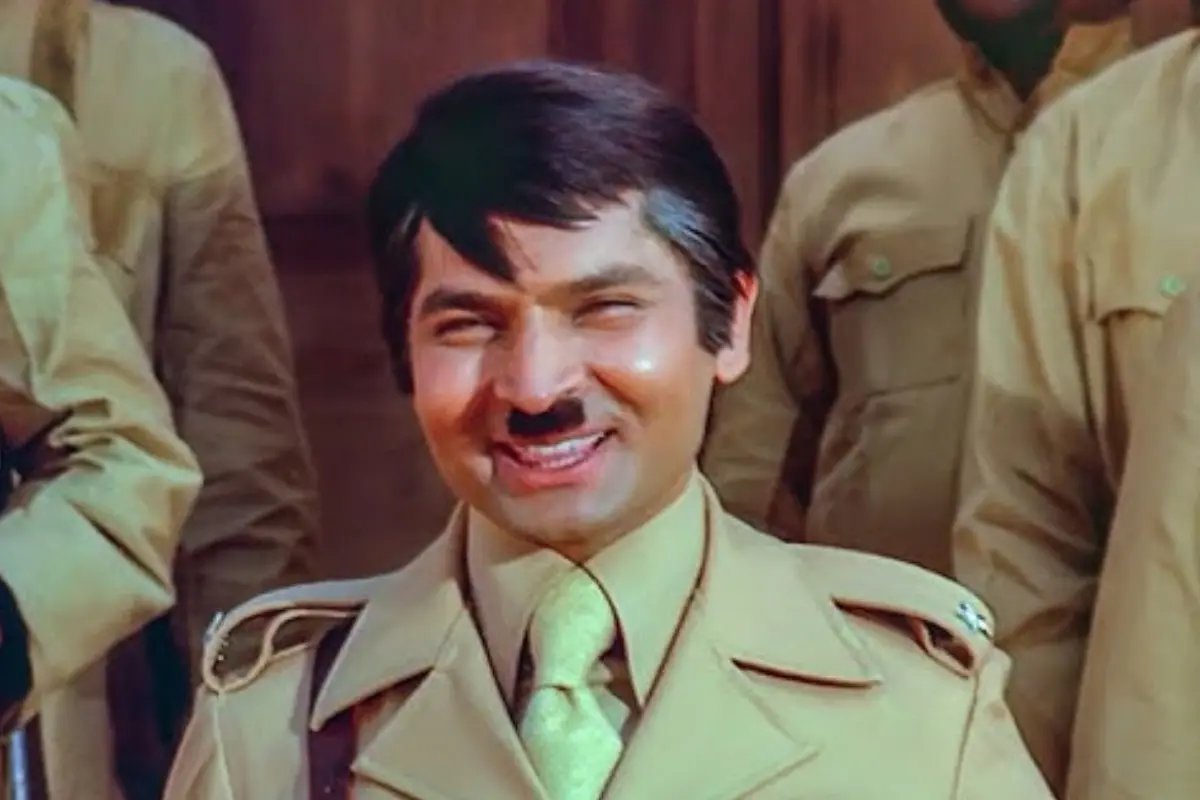
• • •
Missing some Tweet in this thread? You can try to
force a refresh


